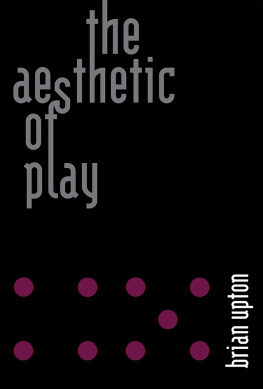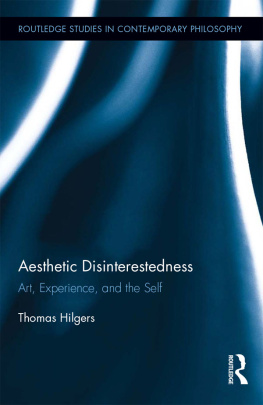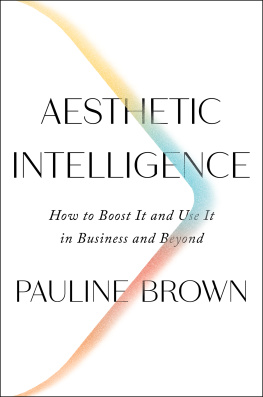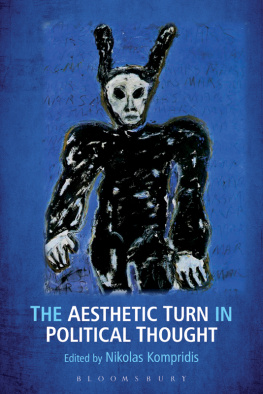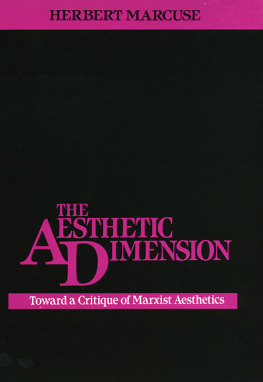AN ARTLESS ART
THE ZEN AESTHETIC OF SHIGA NAOYA
A Critical Study with Selected Translations
First published 1998
by Routledge
2 Park Square, Milton Park, Abingdon, Oxon, OX14 4RN
270 Madison Ave, New York NY 10016
Transferred to Digital Printing 2007
Roy Starrs 1998
All rights reserved. No part of this publication may be reproduced, stored in a retrieval system, or transmitted in any form or by any means, without prior permission from the Publishers in writing, except for the use of short extracts in criticism.
British Library Cataloguing in Publication Data
A CIP catalogue entry for this book is available from the British Library
ISBN 1-873410-64-6
ISBN 978-1-134247-33-2 (epub)
COVER ILLUSTRATION
Haboku (brokan or splashed ink) landscape by Sessh Ty (1420-1506), painted in 1495, when the artist was seventy-five years old.
Typeset in Plantin 11 on 12pt by LaserScript, Mitcham, Surrey
Publishers Note
The publisher has gone to great lengths to ensure the quality of this reprint but points out that some imperfections in the original may be apparent
Printed and bound by CPI Antony Rowe, Eastbourne
F or Japanese readers throughout most of this century, there would have been no need to explain the importance of Shiga Naoya (1883-1971). He was long seen as the leading practitioner of a genre regarded as central to twentieth-century Japanese literature, the shi-shsetsu). Until then a mere handful of them were scattered throughout various anthologies this in spite of the fact that Shiga had long been recognized as one of the great masters of the form in Japan. His one novel-length work, A Dark Nights Passing (Anya kro, 1937) was finally translated by Edwin McClellan in 1976.
As for critical studies, the first to be published in book form was Francis Mathys Shiga Naoya (1975). As I intend to show, this is a rather narrow and unsympathetic treatment. William Sibleys The Shiga Hero, a revision of his 1971 doctoral dissertation, appeared in 1979. Though more sympathetic to his subject than Mathy, Sibley nevertheless takes a markedly Freudian approach that, in my view, results in an almost equally distorted image of Shigas art. Perhaps the most helpful and perceptive study published in English during the 1970s was the chapter Ueda Makoto devoted to Shiga in his Modern Japanese Writers and the Nature of Literature (1976), which began the process of placing Shigas shi-shsetsu within the context of its own culture. Uedas initial efforts were taken a good deal further by two general studies of the shi-shsetsu as a distinct literary genre which appeared in the 1980s: Irmela Hijiya-Kirschnereits Selbstentblssungsrituale (1981), recently translated in a revised edition as Rituals of Self-Revelation: Shishsetsu as Literary Genre and Socio-Cultural Phenomenon (1996) and Edward Fowlers The Rhetoric of Confession: Shishsetsu in Early Twentieth-Century Japanese Fiction (1988). More recently, a salutary counter-argument, stressing the undeniable Western literary and philosophic influences on Shiga and other shi-shsetsu writers, has been voiced by Tomi Suzuki in her Narrating the Self: Fictions of Japanese Modernity (1996). Although, as will be obvious from the present study, I do not agree that these Western influences were decisive or definitive Shigas goal of an impersonal self, for instance, is a far cry from Rousseaus romantic egoism nevertheless it could be argued that, without the initial impetus he received from Western culture, including Christianity, Shiga might never have been inspired to rediscover his own literary and spiritual roots. Indeed, this was a common enough pattern among early twentieth-century Japanese writers, many of whom took a long parabolic route through Western culture to a renewed understanding and appreciation of their own traditions.
Although some such academic attention has finally begun to be paid to Shiga since his death in 1971, acknowledging his central position in the Japanese literature of this century, the basic fact remains that, despite his high reputation in Japan, during his lifetime he was never accepted in the West as one of the great representative Japanese writers, a potential Nobel Prize candidate, and he never achieved anything like the popularity of writers such as Kawabata, Tanizaki or Mishima. Yet in Japan for much of this century the view persisted that he was perhaps the quintessential Japanese writer of the age. We might well ask, then, why there has existed such an extraordinary gap between native and foreign critical evaluations in this one case, whereas generally Japanese and Western readers have agreed on who are the most important modern Japanese writers?
We have here, it seems to me, a genuine and quite fascinating example of cultural difference, the ramifications of which extend far into Japanese culture and history and, for that matter, into Western culture and history too. In this sense, Shiga is important not only for his high status in Japan or for his literary achievement in itself but also for what that status and achievement tell us about some of the mainstream values of the culture in which he writes. Conversely, of course, the longstanding neglect of his work in the West implies certain deeply ingrained Western literary and cultural values and prejudices, especially those which led to the perception of the difference of his writings in purely negative terms: that is, as the lack of certain formal qualities which good fiction was expected to possess. For it is equally possible to take a more positive view, not by some arbitrary trick of value-reversal or cross-cultural legerdemain but by recognizing that the different character of Shigas work issues from the very heart of Japanese culture in fact, from that same Zen aesthetic which Westerners have often admired and savored in the traditional Japanese arts.
For a long time, though, those few Westerners who were able to read Shigas work in Japanese seem to have been discouraged by the fact that it lacked what they regarded as the usual and necessary attributes of fiction. Since most of the events described are taken directly and in a seemingly random fashion from the authors own life, there is little in the way of conventional well-built plot-structure; and, since the author himself, or his fictional persona, is almost invariably the protagonist of these self-absorbed works, there is no development of a wide range of well-rounded characters. Edward Seidensticker typically expresses the negative Western view of Shigas kind of






